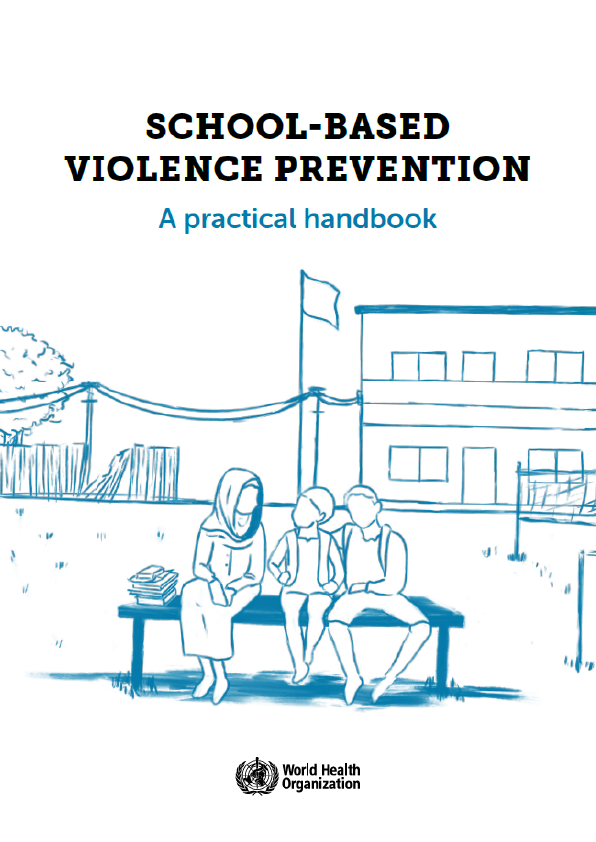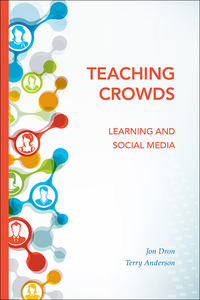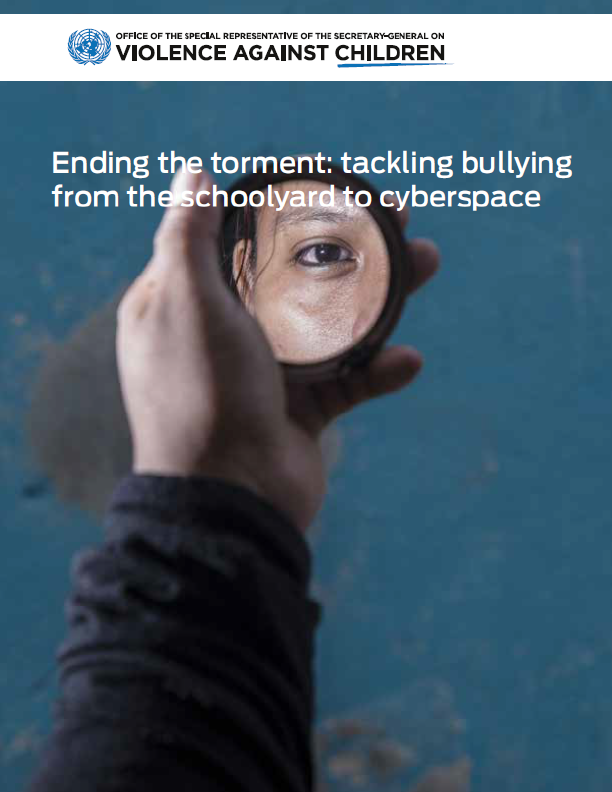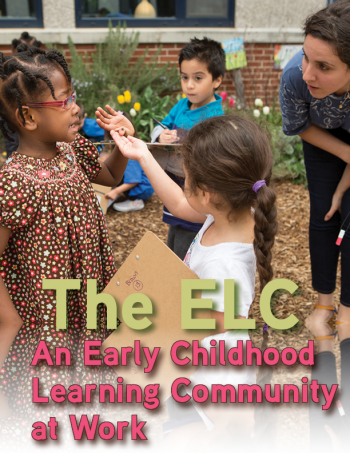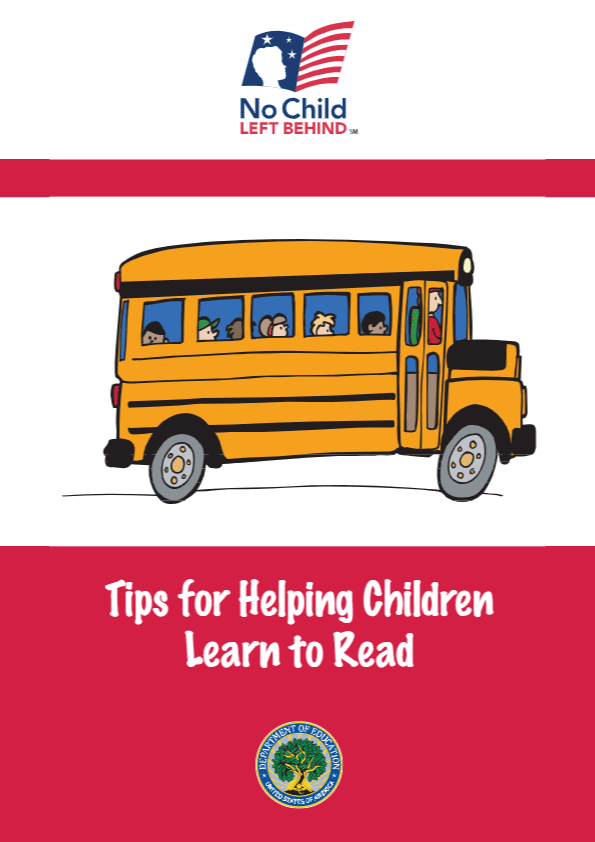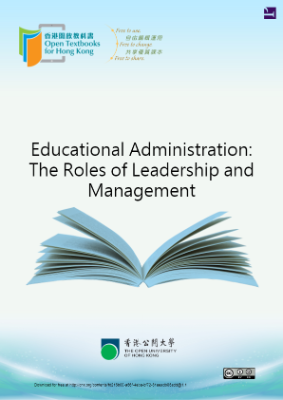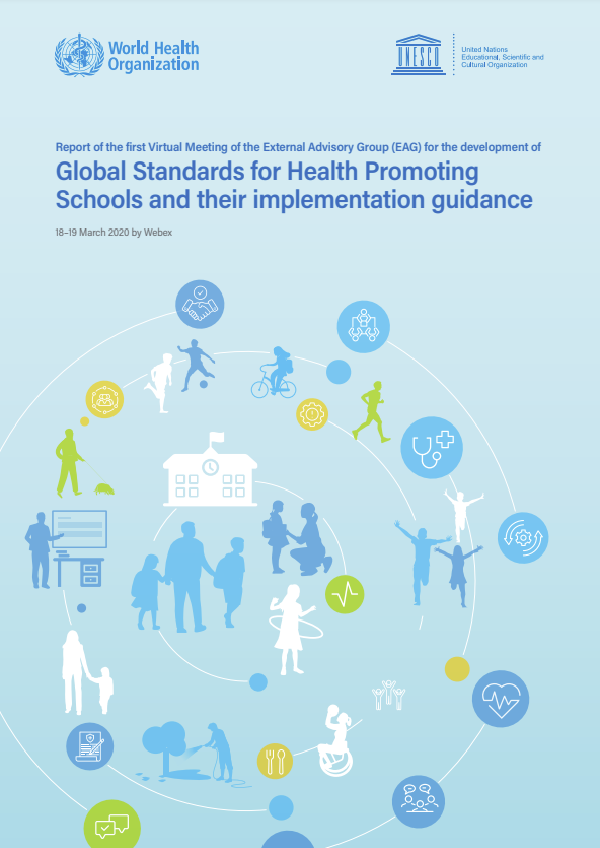Interpersonal violence affects the lives of millions of children across the world. Up to 50% of all children aged 2 to 17 years are thought to have been affected by a form of violence (physical, sexual or emotional abuse) in the past year – the equivalent of 1 billion children (Hillis et al, 2016). Experiences of violence, particularly in childhood, can damage children’s physical and mental health and affect their whole lives.
Violence can also affect educational outcomes and children’s potential to lead successful and prosperous lives. Schools are in a unique position to address and prevent violence against children. Not only are schools accountable in ensuring that their premises are safe and protective but they can also take an active role in engaging the community on issues related to violence. This can include violence that takes place in schools, such as physical violence, sexual violence, bullying, and corporal punishment. It can also include types of violence that emerge in the home and community, such as child maltreatment, dating and intimate-partner violence and elder abuse.
The handbook will guide practitioners towards a whole school approach of preventing violence, with step-by-step tips on how to do so. The following sections outline important elements in establishing a comprehensive approach to violence prevention in schools:
- Getting started: Develop leadership, school policies and coordination methods
- Collect data on violence and monitor changes over time
- Prevent violence through curriculum-based activities
- Work with teachers on values and beliefs and train them in positive discipline and classroom management
- Respond to violence when it happens
- Review and adapt school buildings and grounds
- Involve parents in violence prevention activities
- Involve the community in violence prevention activities
- Evaluate violence prevention activities and use the evidence to strengthen your approach
